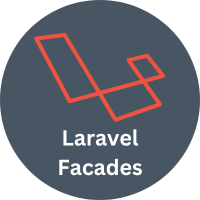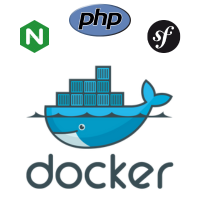Containerizing Laravel Application using Docker

In the world of modern web development, containerization has emerged as a popular approach for packaging applications, providing isolated environments, and simplifying deployment processes. Docker, an open-source platform, has gained significant traction in this regard, allowing developers to encapsulate their applications and dependencies into containers. In this article, we will explore the benefits and steps involved in Docker containerization of Laravel applications, a popular PHP framework.







